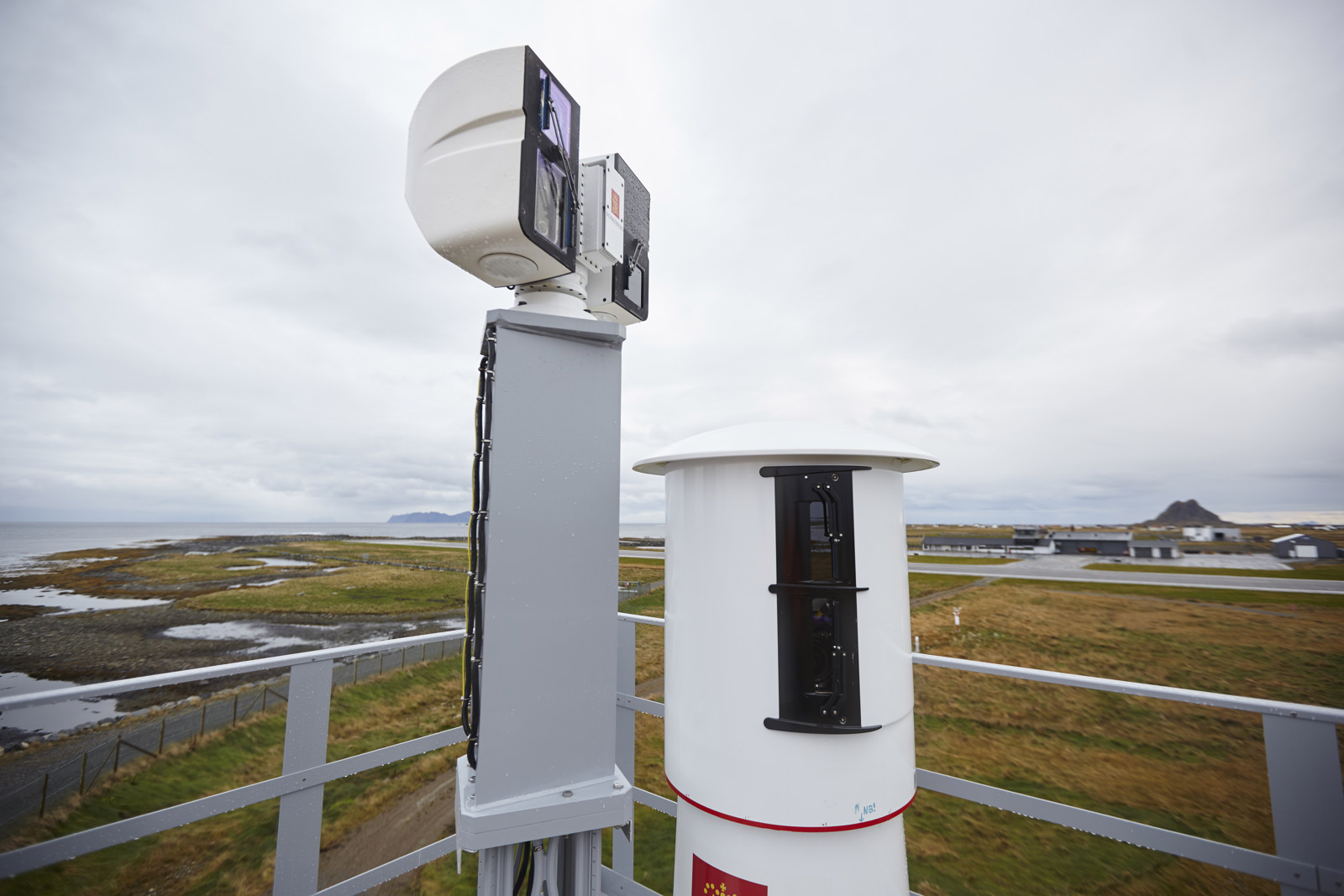
The technology of the future at Norwegian airports
Norway is a country defined by large distances and challenging topography. Norwegian businesses are internationally focused and rely on aviation. Aviation is vital for homes, value creation, travel, the health system, education, sport and culture.
-
Text:Avinor
Two out of three Norwegians have access to an airport within one hour's travelling time. In Western Norway and Northern Norway, two out of three people can reach their nearest airport in half an hour. Aviation is vital for regional growth and for making regional centres accessible. It also plays a key role in Norway's decentralised education system. Aviation also plays a key role in Norway's health sector: more than 30,000 ambulance journeys are made by air every year. The hospital structure in Northern Norway is largely based on the frequency of air transport.
Aviation plays a key role in Norwegian tourism and is becoming increasingly important. The number of tourists who come to Norway by plane increased from 2.4 to 4.4 million visitors between 2011 and 2016. Aviation is particularly important for year-round tourism and the tourism industry in Northern Norway.

Avinor is implementing a range of measures to modernise and streamline its operations, to ensure that its aviation business continues to grow. Avinor Air Navigation Services implemented the Remote Towers solution at the Arcticc island of Røst on the 19th of October 2019 together with the technology providers Kongsberg Defence & Aerospace and Indra. The Remote Towers solution will be implemented at 15 airports in phase 1 of the project. The world’s largest Remote Towers Centre will open in Bodø, Norway in October 2020, and will be running six airports from the summer of 2021. In the event of a phase 2, it is expected that more of Avinor’s airports will be run from the Remote Towers Centre in Bodø.
The aim of this investment is to improve the quality and efficiency of airport operations. Many of the control towers in Norway are due for refurbishment or total replacement. Using remote towers will save some of these costs. In the future, it will also be possible for one person to control traffic at multiple airports from the same location. This is a tremendous opportunity to improve efficiency and reduce costs and will enable us to continue providing the excellent air traffic service currently enjoyed in Norway.

The Remote Towers Centre in Bodø. Photo: Avinor Flysikring AS.
A safe solution that you can trust
Any changes in the aviation industry are regulated by strict safety rules. Remote towers are required to provide a service which is at least as safe or is even safer than the present service.
Avinor performs extensive safety analyses for every modification to systems or methods, in accordance with internal processes approved by the Civil Aviation Authority Norway. Before remote towers are introduced, their services must be accepted by the Civil Aviation Authority Norway and there must be documentation to demonstrate that they offer a level of safety that is equal to or better than traditional towers.
How remote towers work
A remote tower service means that the people who are conducting the towers services at airports (ATC/AFIS) are physically located in a remote tower centre, instead of from a conventional tower at an airport. Cameras, microphones and other equipment are installed at the airport. These tools provide extremely detailed information about weather and activities at the airport at all times.

As a passenger you will not notice that the airport has a remote tower, other than the fact that the airport is now equipped with a camera mast instead of a conventional tower. However, the staff who used to sit in the tower will now be located at the Remote Towers Centre in Bodø.
For the pilots flying the aircraft there are no practical differences in procedures. They will still talk to the tower personnel on the radio, as they do today.
A camera at the airport takes a 360° image of the airport, which contains more details than can be detected by the human eye. The cameras can zoom in on small details, show movements in images (e.g. birds or drones), and also have an infra-red setting which makes it possible to see in the dark.
Every airport is connected to the Remote Towers Centre via networks with redundancy. If one network should fail, the other can be used to connect to the tower centre. These networks are high grade networks used for aviation and involve the use of both fibre cables and radio transmissions.
The Remote Towers Centre in Bodø will operate tower services at several airports. It is manned by the same type of staff who used to sit in the individual towers across vast geographic distances. With large screens, they have a full overview of every movement and operation at an airport and can communicate directly with pilots and ground crew.